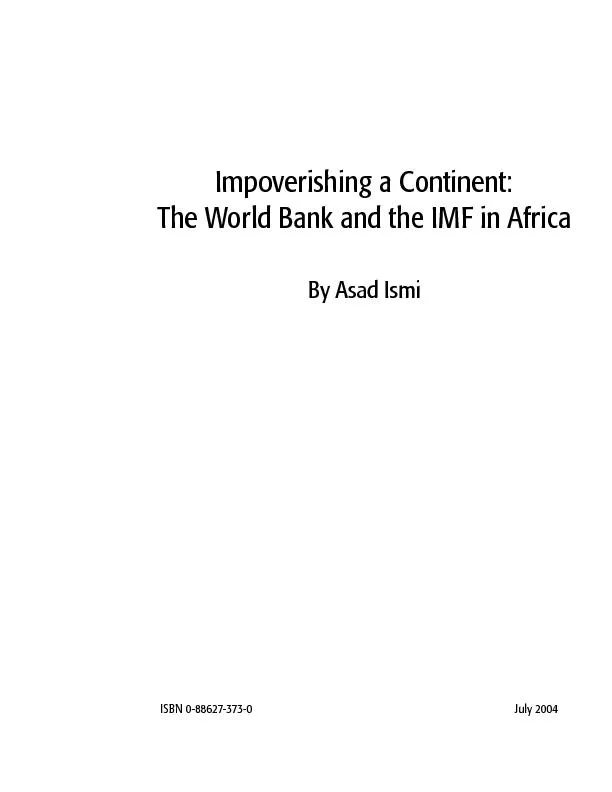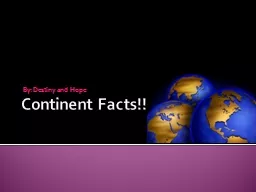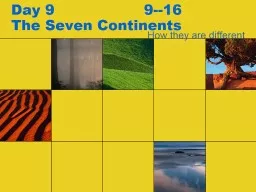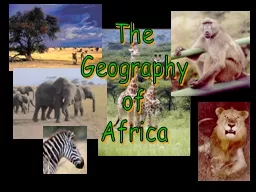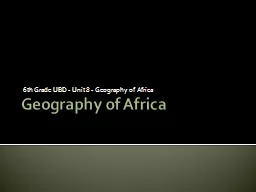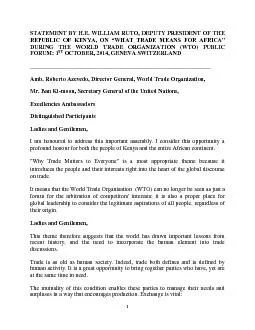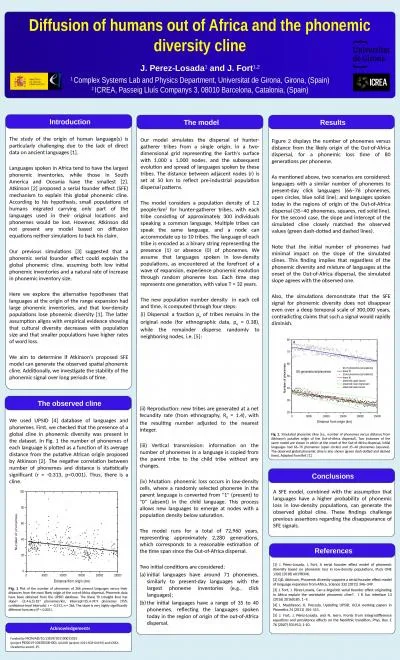PPT-Africa is a huge continent. The differences in geography contributed to the diversity
Author : kittie-lecroy | Published Date : 2018-10-13
Bantus Longest Migration in History Griots Homers of African History Language Was an Islamic Judge H e is best known as a traveler and explorer covering some
Presentation Embed Code
Download Presentation
Download Presentation The PPT/PDF document "Africa is a huge continent. The differen..." is the property of its rightful owner. Permission is granted to download and print the materials on this website for personal, non-commercial use only, and to display it on your personal computer provided you do not modify the materials and that you retain all copyright notices contained in the materials. By downloading content from our website, you accept the terms of this agreement.
Africa is a huge continent. The differences in geography contributed to the diversity: Transcript
Download Rules Of Document
"Africa is a huge continent. The differences in geography contributed to the diversity"The content belongs to its owner. You may download and print it for personal use, without modification, and keep all copyright notices. By downloading, you agree to these terms.
Related Documents



